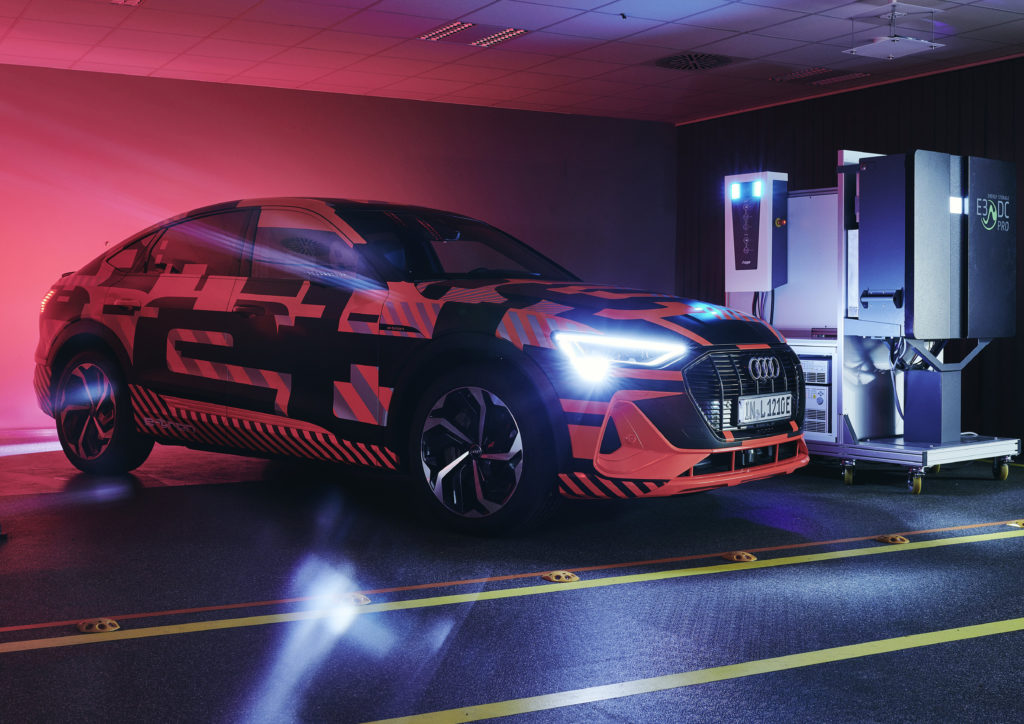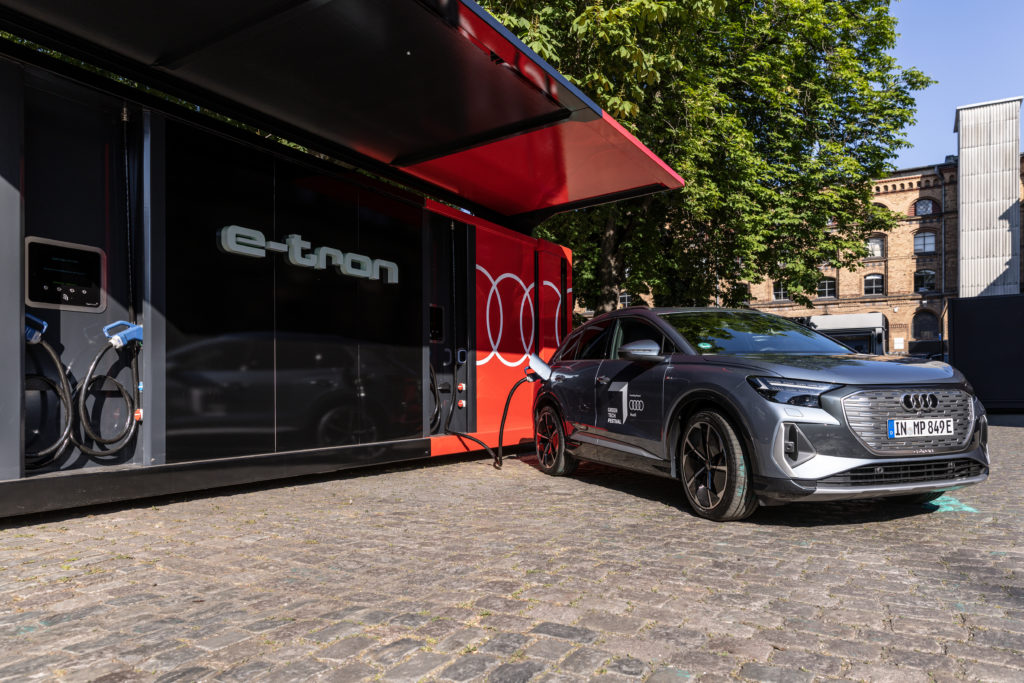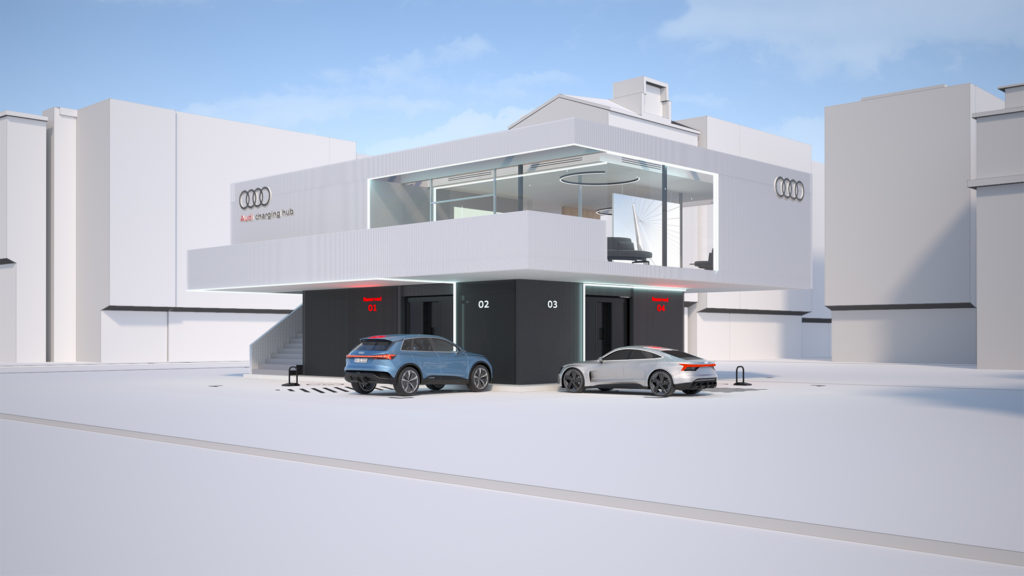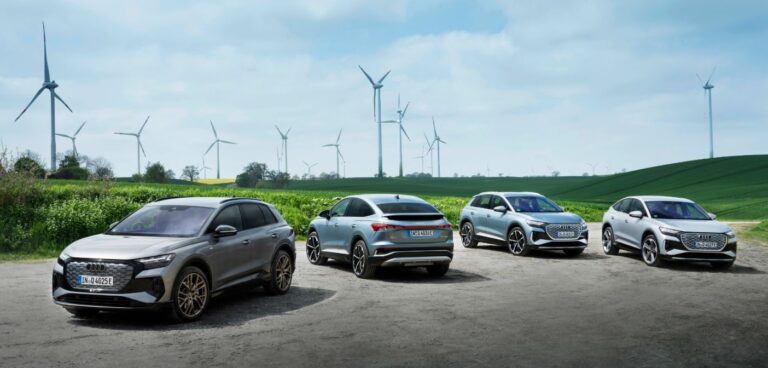German carmaker Audi has revealed its plans to stop manufacturing new combustion engine models by 2026, as part of its goal to become a leading provider of net-zero carbon mobility.
During a sustainability themed media day, Audi described its plans to phase out production of internal combustion engines by 2033, and only release models onto the market that are powered purely by electricity.
By 2025, the company plans to offer more than 20 fully electric, battery-driven cars. At the same time, Audi wants to reduce the ecological footprint of its fleet – by 30% compared to 2015.
Additionally, a central goal is to make the production of EVs carbon neutral at all its sites by 2025, this has already been achieved at its facilities in Hungary and Brussels.
“In Brussels, we implemented a whole bundle of measures,” said Achin Diehlmann, project manager for the Audi environmental program Mission:Zero. The factory switched to green electricity and installed a large, 107,000m2 (1,151,738ft2) photovoltaic system.
The heat supply comes from renewable energy via coverage through biogas certificates, with Audi adding any unavoidable emissions are compensated through certified carbon credit projects.

The car manufacturer is also working with energy providers to develop its own charging concepts. “We want to offer our customers a holistic electric driving experience. In addition to attractive models, we need to be able to offer widespread green electricity,” said Oliver Hoffmann, of the board of management for technical development at Audi.
To cover EV charging solutions that currently are not using green electricity, new wind and solar parks are planned for various European countries by 2025, working with several partners. This will see the installation of around 250 new wind turbines, which altogether will generate around five terawatt hours of additional green electricity.
“We’re working hard to make carbon-neutral mobility possible. The expansion of renewable energy sources at an industrial scale is the next, logical step,” added Hoffmann.

Its Audi charging hub concept is designed to cover peak demand, as a supplement to the basic coverage. This calls for high-power charging (HPC) stations that can be reserved in advance. A lounge area connected directly to it will provide a place to pass the time.
Cubes are the foundation of the Audi charging hub. These flexible container Cubes house charging pillars as well as used lithium-ion batteries for energy storage. The use of second life modules from disassembled development vehicles doesn’t just give the battery cells a new, sustainable purpose – it also provides suitability as ancillary storage for direct current. The company said this makes complex infrastructure with high-voltage lines and expensive transformers unnecessary.
At the pilot location, a total power input of 200kW is enough to be able to continuously fill three storage modules with a total capacity of 2.45Mwh and charge them overnight – supported by additional photovoltaic modules on the roof.

With the ancillary storage, about 70 quick charges with up to 300kW of power are possible daily. The first Audi charging hub will go live in Nuremberg, Germany this autumn.
Furthermore, Audi has signed up to the Global Battery Alliance, a worldwide platform started in 2017 by the World Economic Forum. It brings public and private players together to sustainably organise the battery value chain from a social, environmental technology, and economic perspective.





